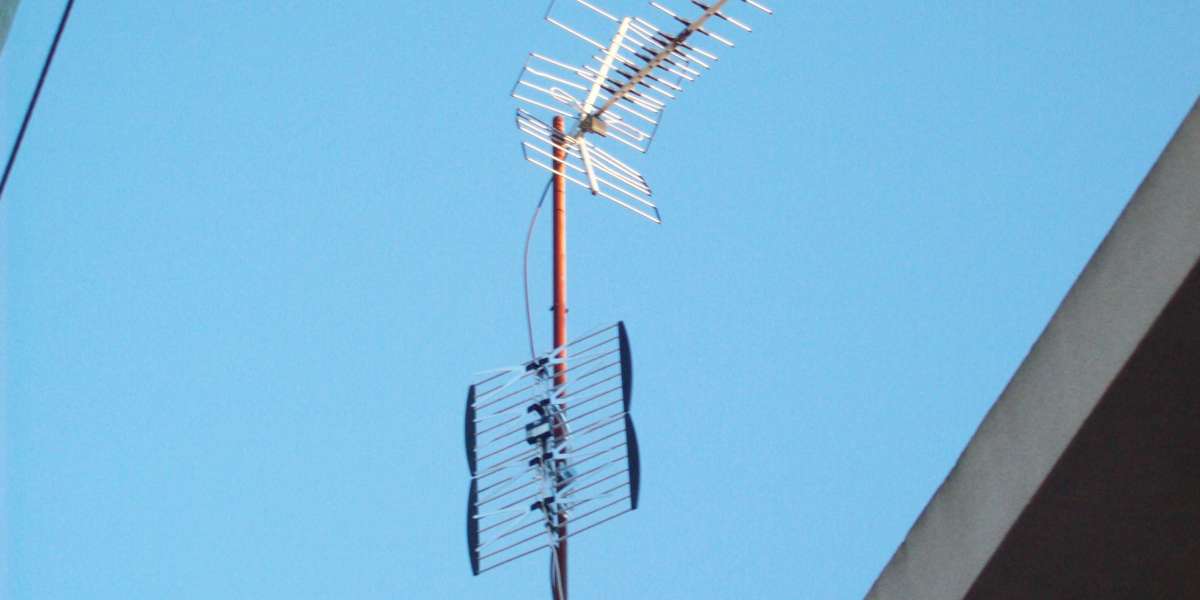In today’s world of streaming and digital media, many people still rely on over-the-air (OTA) television for their daily dose of news, sports, and entertainment. OTA TV is free, and with the right antenna setup, it can provide high-definition channels with great clarity. However, when poor reception occurs, it can be incredibly frustrating. One common issue that might cause poor reception is the use of an extension cable for the TV antenna. This article will guide you through troubleshooting poor reception issues when using an extension cable for your TV antenna.
Understanding the Basics of TV Antenna Reception
Before diving into troubleshooting, it's important to understand how TV antenna reception works. An OTA TV antenna captures signals broadcasted by TV stations. These signals are transmitted through the air and received by your antenna, which then passes them to your TV. The quality of the reception can be influenced by several factors including distance from the broadcast tower, obstructions (such as buildings or trees), and the quality of your antenna and cables.
Why Use an Extension Cable?
Extension cables are often used to position the antenna in a better location for signal reception, such as near a window or higher up on a wall. However, adding an extension cable introduces more variables into your setup that can potentially degrade the signal.
Common Causes of Poor Reception with Extension Cables
Signal Loss Over Distance
The longer the extension cable, the more signal loss you may experience. Coaxial cables, which are commonly used for TV antennas, can lose signal strength over long distances. This means that if your extension cable is too long, the signal might be too weak by the time it reaches your TV.
Cable Quality
Not all cables are created equal. Cheap or low-quality cables can significantly affect signal strength and quality. High-quality coaxial cables with good shielding are essential for maintaining signal integrity over longer distances.
Connectors and Adapters
The connectors and adapters used to join cables can introduce signal loss and interference if they are not of high quality or are not properly connected. Loose or corroded connectors can cause significant reception problems.
Interference
Electronic devices, power lines, and even other cables can cause interference that affects your TV signal. The placement of your extension cable and antenna in relation to these potential sources of interference is crucial.
Troubleshooting Steps
1. Check the Cable Length
Start by measuring the length of your extension cable. If it exceeds 50 feet, you might be experiencing significant signal loss. Try to minimize the length of the extension cable or use a signal amplifier to boost the signal strength.
2. Inspect Cable Quality
Examine the extension cable for any visible signs of damage, such as kinks, cuts, or frayed ends. Ensure that you are using a high-quality, shielded coaxial cable. RG6 cables are recommended for their better shielding and lower signal loss compared to older RG59 cables.
3. Verify Connections
Check all connectors and adapters for tightness and signs of corrosion. Loose connections can cause signal degradation. Ensure that all connectors are firmly attached and free from rust or dirt.
4. Test Without the Extension Cable
To determine if the extension cable is the problem, remove it and connect the antenna directly to your TV. If reception improves, the issue is likely with the extension cable or its connectors.
5. Use a Signal Amplifier
A signal amplifier can help compensate for signal loss over long extension cables. Place the amplifier as close to the antenna as possible to boost the signal before it travels through the extension cable.
6. Relocate the Antenna
Sometimes, the problem may be with the antenna’s location rather than the extension cable. Experiment with different locations for the antenna, ideally near a window and as high as possible to reduce obstructions.
7. Avoid Interference Sources
Keep the extension cable and antenna away from potential sources of interference like microwaves, Wi-Fi routers, and power lines. These can all cause signal disruption.
8. Check for Splitters
If you are using a splitter to connect multiple TVs, ensure that it is a high-quality, low-loss splitter. Splitters can introduce significant signal loss, especially if they are not designed for OTA TV signals.
Advanced Troubleshooting Techniques
Use a Signal Meter
A signal meter can help you identify the strength and quality of the signal at various points in your setup. By measuring the signal directly at the antenna, after the extension cable, and at the TV, you can pinpoint where the signal loss is occurring.
Replace Old Equipment
If your antenna, cables, or connectors are old, they might not be up to the task of receiving and transmitting modern digital signals effectively. Consider upgrading your equipment to newer, more capable versions.
Check for Software/Firmware Updates
Some modern TVs and signal amplifiers can receive software or firmware updates that improve their ability to handle digital signals. Check the manufacturer's website for any available updates and apply them if necessary.
Consult a Professional
If you've tried all the above steps and still experience poor reception, it might be time to consult a professional. An experienced technician can assess your setup and make recommendations based on the specific conditions at your location.
Preventive Measures
Regular Maintenance
Perform regular checks on your antenna system to ensure all components are in good condition. This includes inspecting cables for damage and ensuring connectors are tight and corrosion-free.
Proper Installation
When installing your antenna and extension cable, follow best practices for minimizing signal loss and interference. Use high-quality components and avoid unnecessary splits and connections.
Environmental Considerations
Be aware of changes in your environment that could affect signal reception, such as new buildings or growing trees. Adjust your antenna’s position as necessary to maintain optimal reception.
Troubleshooting poor reception with an extension cable for TV antenna involves a systematic approach to identify and resolve potential issues. By understanding the common causes of signal degradation and following the outlined steps, you can improve your OTA TV experience. Remember to use high-quality equipment, minimize cable length, and regularly maintain your setup to ensure the best possible reception. With patience and diligence, you can overcome most reception problems and enjoy clear, reliable television.








